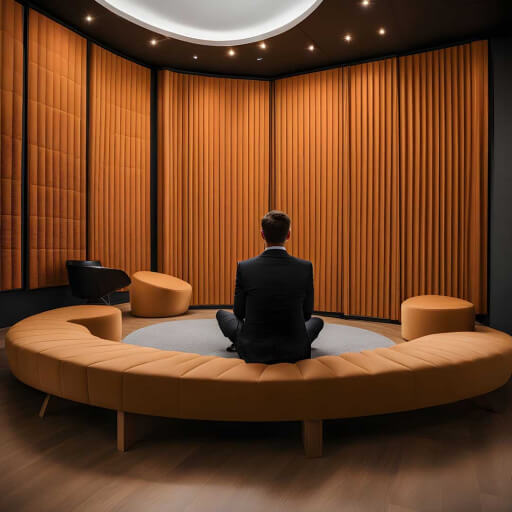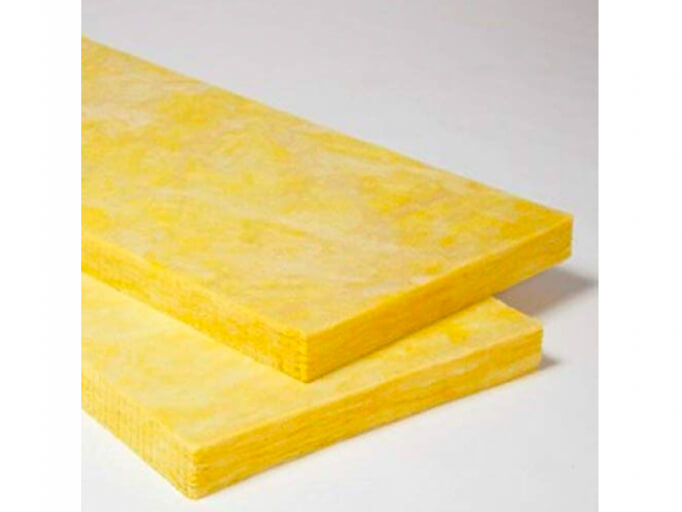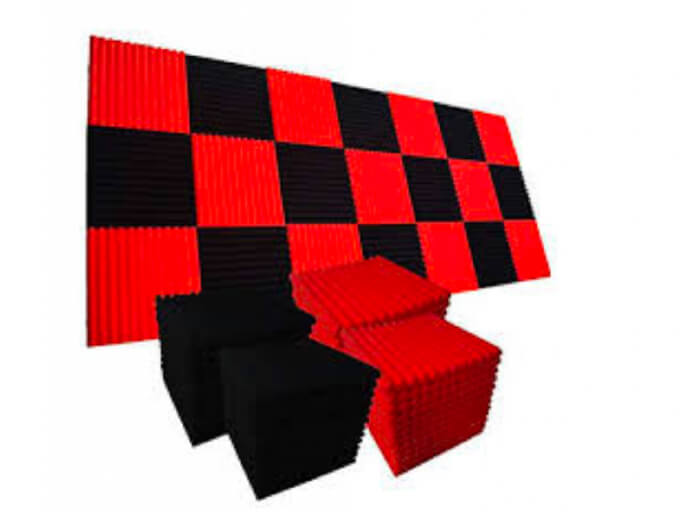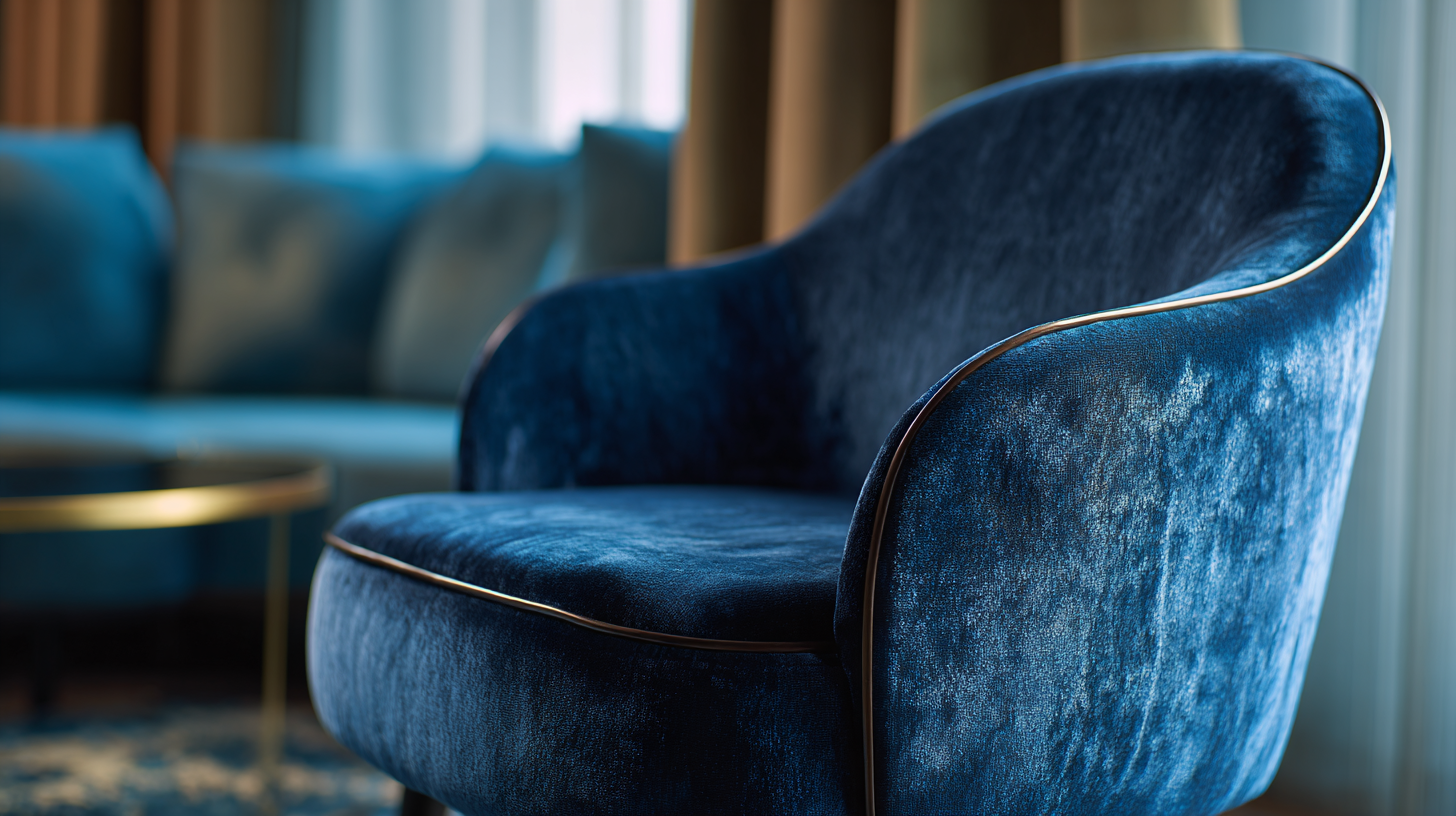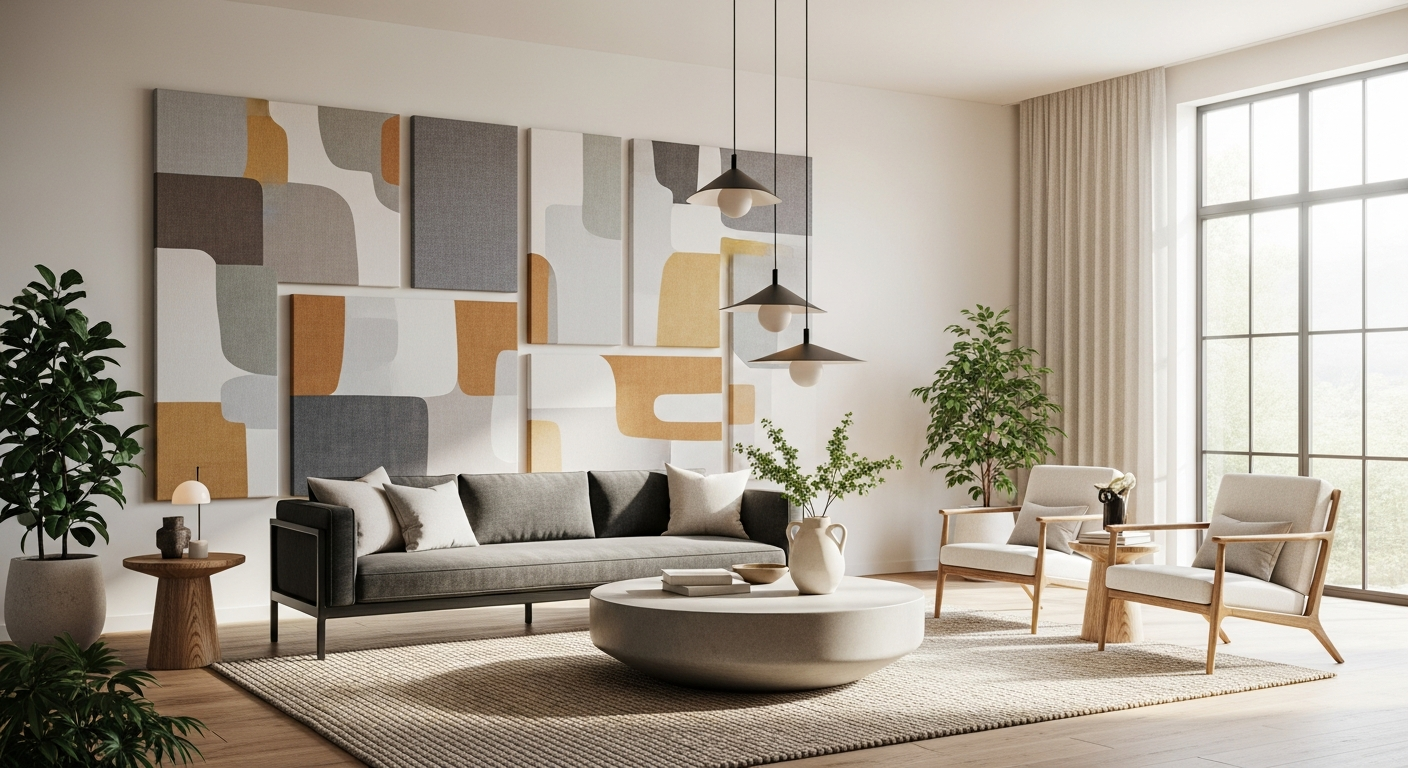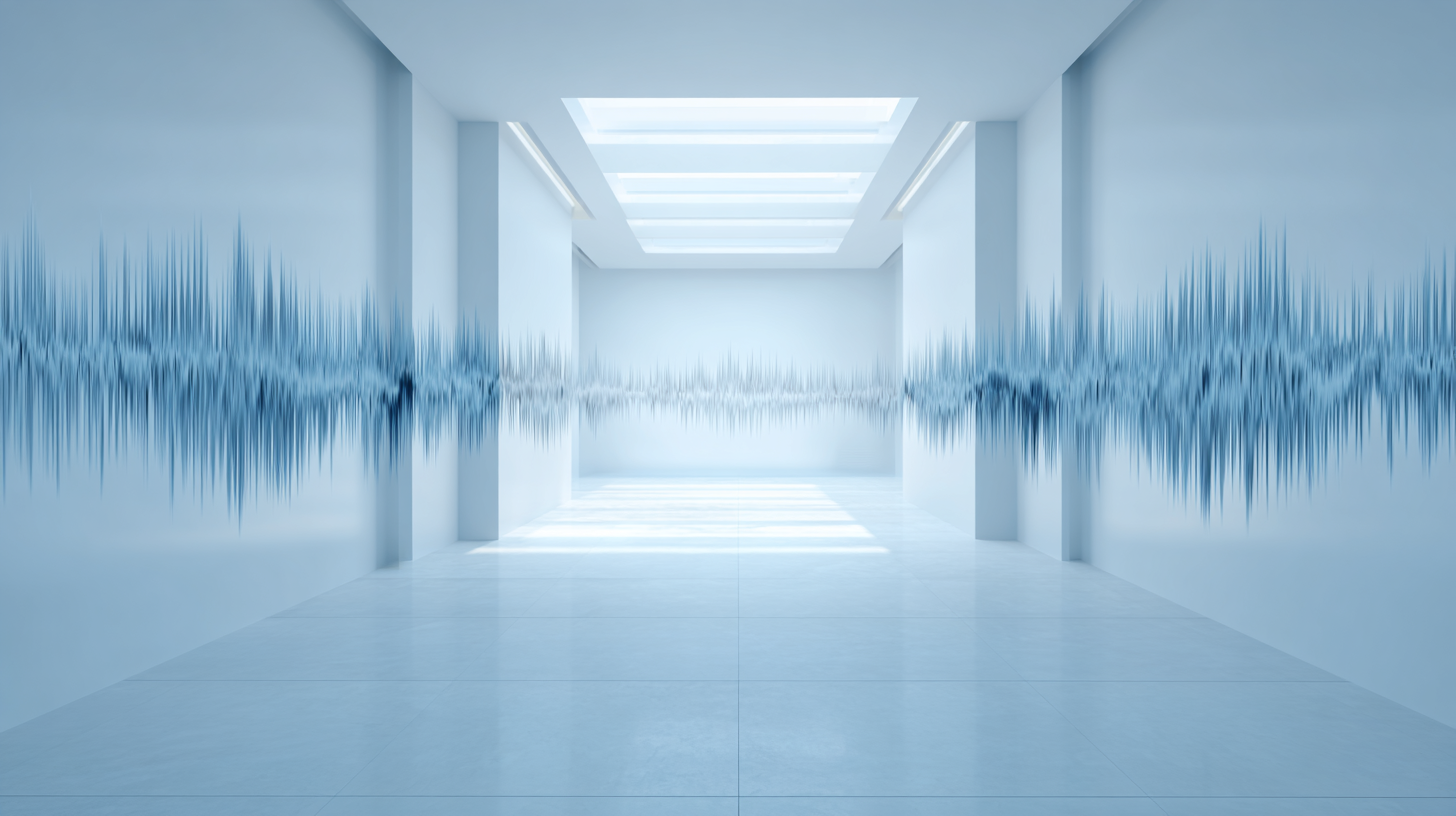Soundproofing Materials
When it comes to acoustic treatment, selecting the right materials is crucial. In this guide, we provide an objective comparison of various soundproofing materials based on our extensive experience in the industry. Please note that we are not affiliated with any material manufacturer and this information (including images) is presented solely for educational purposes. Be sure to also check out our post about 'The Basics of Acoustic Treatment' to learn about the key principles of soundproofing.
General Considerations
Before diving into specific materials, here are a few general factors to keep in mind:
- Noise Reduction Coefficient (NRC): It is important to ensure that the material you choose has a high enough NRC. The NRC measures a material's ability to absorb sound. A higher NRC indicates better sound absorption. Check out this post for a more comprehensive explanation about NRC.
- Reputation of the supplier: It is important to purchase materials from trustworthy sellers. Unfortunately, some vendors provide inaccurate product data that does not reflect real-world acoustic performance.
- Thickness: Material thickness plays a significant role in sound absorption. For example, with fiberglass and similar materials, a thickness of 1/2" provides minimal absorption, while 1" offers significantly better performance. Increasing the thickness to 2", 3", and even 4" further improves absorption.
- Density: Density is a crucial factor in achieving optimal acoustic performance. Each material requires a specific density range. Materials that are too soft may not absorb enough sound energy, while overly hard materials may become reflective rather than absorbent.
In addition to selecting the right soundproofing material, there are other things to keep in mind when considering acoustic treatment. While professional acoustic treatment is the most effective, incorporating everyday objects like sofas and bookcases can improve sound quality to some extent. It's important to note that these objects may not be as effective as professional acoustic treatment, but they can still make a noticeable difference.
It's also crucial to consider that sound absorption is just one of many techniques used in acoustic treatment. While it's a common and effective technique, sound diffusion can also be a useful method to consider. Sound diffusion scatters sound waves throughout a room, making a space feel more open and lively. Choosing the right combination of sound absorption and diffusion is key to achieving the desired acoustic environment. - Low-Frequency Absorption: Correcting low-frequency sound issues and room modes often requires more than just sound absorption. It may be necessary to consider geometric room design, diffusers, diaphragmatic absorbers, resonant absorbers, and limp mass absorbers to tackle low-frequency specific issues.
Now, let's explore the specific materials. Each material is marked with specific tags relating to its cost and special attributes:
Fiberglass / Rock Wool / Glass Wool / Mineral Wool ($)

These materials have been industry standards for their excellent acoustic performance, flame retardancy, and affordability.
- Density: Optimal acoustic performance is typically achieved within the range of 3-6 PCF (pound per cubic foot).
- Installation: These materials may cause skin irritation and should always be handled with protective gear such as face masks and insulation suits. They also require wrapping in fabric to contain irritating particles.
- Common Use: Most fabric-wrapped acoustic panels in the market today utilize one of these materials as their core.
ECOSE ($$ | Eco friendly)

ECOSE is similar to fiberglass, rock wool, and glass wool but stands out for its eco-friendliness.
- Color Consideration: ECOSE comes in brown, so caution is advised when using it with white fabric.
ReCore AKA RePoCore AKA EcoCore ($$$ | No-fabric needed | Eco friendly)

ReCore is an eco-friendly alternative to traditional materials, offering a slightly lower level of sound absorption. Made from recycled polyester, it is more expensive but does not require fabric wrapping.
- Options: It is available in white or black and comes in two density options.
- Note: It is important to mention that ReCore is not as standardized as other products, so different suppliers may refer to it by different names, or they may use the same name for a different material.
Acoustic Foam ($-$$ | No-fabric needed)

Acoustic foam can yield excellent results, but it's important to consider a few factors:
- Authenticity: Ensure that you purchase genuine acoustic foam with a good NRC rating. Some sellers may mislead customers by offering mattress foam or other types of foam as acoustic foam, which will not provide optimal results.
- Thickness: The thickness of foam is critical, especially with wedge or pyramid foam where the last inch is merely the tips of the wedges or pyramids. A minimum thickness of 2" is recommended.
Other considerations:
- Ease of installation: Foam is typically installed using adhesive, making it relatively easy to work with. However, ensuring straight installation can be a bit challenging, so we recommend using a laser level for precision.
- Removal: If a non-permanent adhesive was used, removing foam can be relatively easy. However, if a strong permanent glue was used, the process can be messy and time-consuming.
- Design possibilities: With the variety of shapes and sizes available, particularly squares and rectangles, foam allows for creative patterns. Combining squares of different colors can result in visually pleasing designs when installed either straight or at a 45-degree angle, often referred to as a diamond shape.
Denim Insulation ($-$$ | Eco friendly)

Denim insulation, made from recycled denim, is eco-friendly and commonly used within walls and ceilings. It features a lower density compared to other materials and is often used for insulation purposes rather than room acoustic treatment.
F-Sorb ($$$ | No-fabric needed | Eco friendly)

F-Sorb is an excellent material made from recycled polyester plastics. It offers outstanding acoustic performance and is environmentally friendly. It can be installed as a finish layer with no fabric.
Felt ($$ | No-fabric needed | Eco friendly)

Felt has a distinctive appearance and does not require fabric wrapping. However, its thin composition means that extensive coverage is needed to achieve significant sound absorption. Additionally, felt may create a muffled-sounding room, as it absorbs higher frequencies while allowing lower frequencies to reverberate, resulting in a boomy and muffled sound quality.
When selecting the ideal soundproofing material for your project, it is essential to consider various factors such as NRC, density, desired aesthetic, budget, and installation requirements. By carefully evaluating these factors, you can ensure optimal sound absorption in your desired environment.
